Explore the 17 regions of Spain
Spain is divided in to 17 autonomous regions, each one offering a wealth of different experiences. Each Spanish region has its own individual cultural traditions, landscape, scenery, food and history. Even though Spanish (Castilian) is spoken everywhere, some regions of Spain have their own language. This means that as a visitor to Spain the experiences you have can vary tremendously depending on which region you visit.
Whatever you are looking for from a holiday, you will find it in Spain. From skiing to beaches, wide open spaces and spectacular scenery, mountains, rivers, beaches, cities, UNESCO World Heritage sites, traditions, food and fiestas. There is so much to explore.
Discover what each region has to offer and start planning your trip.
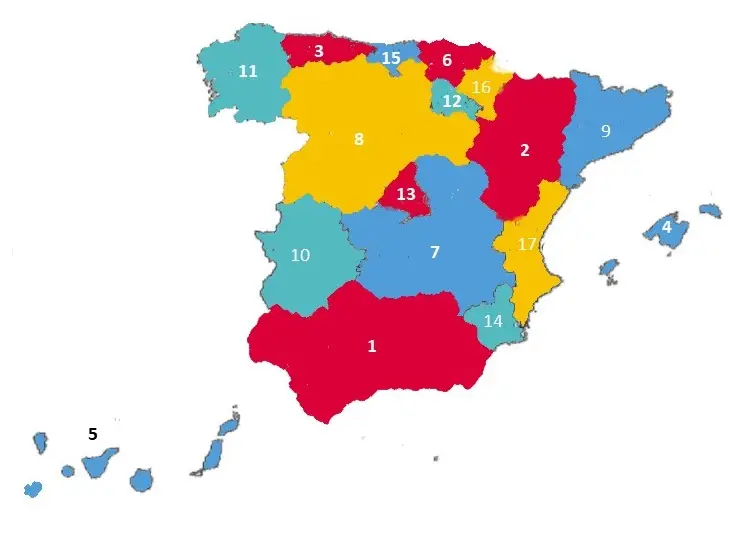
Home to the Costa del Sol, Andalucía is one of the regions of Spain most visited by British tourists, and its second largest, spanning Spain’s most southern coast. However, most British visitors don’t venture beyond the beaches and therefore miss out on its stunning Moorish architecture, flower laden patios and hilltop white washed villages. The region of Andalucía is also the home of Flamenco.
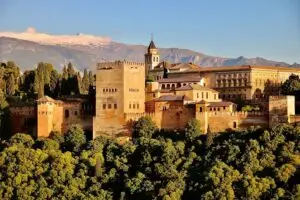
Aragon is a landlocked region in the North East of Spain. Despite not receiving many tourists from the UK, there is plenty to see and do here. Aragon sits on the southern most part of the Pyrenees and boasts a wide variety of scenery, climate, flora, fauna and ecosystems. If you love the outdoors combine that with a fascinating history and the buzzing cosmopolitan city of Zaragoza, you won’t be disappointed by Aragon.
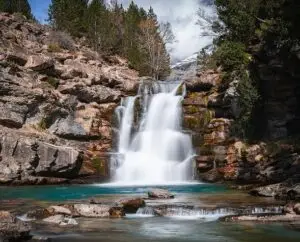
Asturias sits on the Northern Coast of Spain and is largely undiscovered by British tourists. Far from the sun drenched beaches of the Med, Asturias boasts a different type of beauty that is hard to deny. In Asturias you will witness dramatic landscapes, greenery to rival the Emerald Isle, snowy mountains, stunning deserted beaches and its own unique food. This region of Spain is largely un-spoilt by tourism, and you will find the Asturians welcoming and charming.
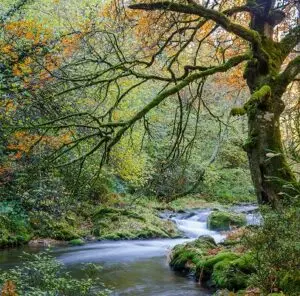
The Balearic Islands (Mallorca, Ibiza, Menorca and Formentera) is another of the most popular Spanish regions among British tourists. Well known for its beaches and party destinations, venture a few miles inland from the beaches and you will be amazed by the transformation as you find yourself surrounded by the natural tranquility of the towns and villages. The cities are a cosmopolitan delight where the buzz of Spanish life in tapas bars, shops and restaurants thrives all year round.

5. Canary Islands
Probably one of the best known regions of Spain among British tourists, the Canary Islands enjoy year round sunshine and warm weather. The Canaries are made of seven islands, the largest being Tenerife, followed by Fuerteventura, Gran Canaria, Lanzarote, and then the lesser known, smaller islands of La Palma, La Gomera and El Hierro. All the islands are different in their scenery and offer an array of beautiful places to visit.

6. Cantabria
Cantabria sits on the Northernmost coast of Spain with Santander as its capital. Cantabria boasts 200km of coastline and over 90 un-spoilt beaches and sits within the region known as Green Spain. Cantabria provides the UK visitor with a completely different perspective of Spain, boasting prehistoric caves, mountains, spectacular scenery, charming villages and towns and its own unique cuisine.
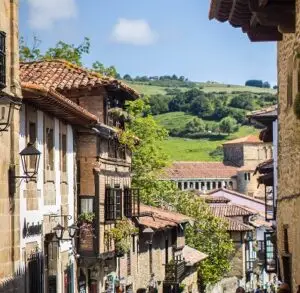
7. Castilla la Mancha
This central region of Spain is perhaps one of the most sparsely populated. Made famous as the setting of the adventures of Don Quixote by Miguel de Cervantes, the region is epitomised by windmills, vast flat landscapes, castles and lagoons. Perhaps one of the best opportunities to experience Spain of old, before modern life invaded.

8. Castilla y León
Castilla & Leon (also known as Old Castille) has a very important place in Spanish history. This is where the Spanish language originated and it is also where the Catholic Kings, Ferdinand & Isabella ruled when they sought to liberate Spain from Moorish rule. Castilla & Leon has a wealth of medieval castles, cities, churches and cathedrals. It is also a major wine growing region on the vast, flat planes of arable land.
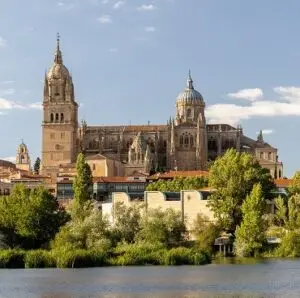
Catalonia is one of the wealthiest and most industrialised regions of Spain. Catalonian’s are fiercely proud of the their own identity and have been struggling for many years for independence from Spain. The region includes Barcelona and the popular Costa Brava, but there is still much to discover off the main tourst track.
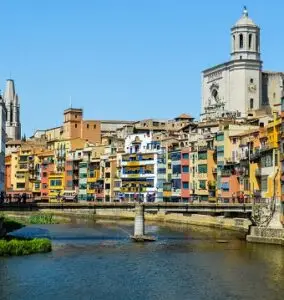
Extremadura is often described as the land of contrasts. Sitting in the west of Spain, bordering Portugal, Extremadura is well off the tourist track. You will witness striking natural landscapes, encompassing rivers, mountains and plains, World Heritage sites and mediaeval towns and cities. A popular destination with bird watchers, Extremadura is also home to a huge population of storks.
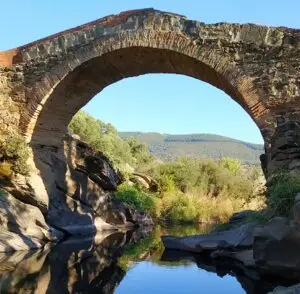
Galicia sits in the North Western corner of Spain and is perhaps the region that differs the most from the rest of Spain. With a rich Celtic heritage, Galicia has its own language (Gallego), although Spanish is still spoken everywhere, a much milder and wetter climate, and its own distinctive traditions and food. You will even see and hear bagpipes being played in Galicia.

12. La Rioja
It will come as no surprise that La Rioja is a wine growing region where you will find extensive vineyards and opportunities to sample the local produce. The messy, but not to be missed, summer wine festival (Batalla de Vino), involves wine drinking contests and festival goers all dress in white, only to throw wine around at each other until they are all soaked!

Madrid sits at the heart of Spain and is an autonomous region as well as the capital city. Often overlooked by British tourists in favour of Barcelona, Madrid is a delight and well worth a visit. It might not conjour up images of iconic buildings and monuments in the same way as Barcelona or Paris, but you will be spoilt for choice when it comes to art, museums, stunning architecture, buzzing street life throughout the day and night and a restaurant, cafe or bar on every street corner.
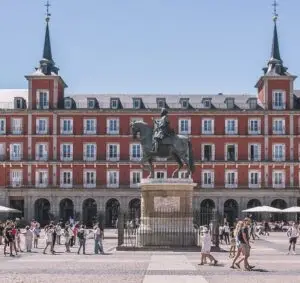
14. Murcia
One of the most popular regions of Spain to visit for British tourists, Murcia boasts over 3,000 hours of sunshine every year, beautiful beaches and plenty of sports and leisure activities to keep everyone entertained. But Murcia isn’t just about the beaches. Delve a little further and you will find some interesting places to visit, interspersed with your sun drenched days on the sand.
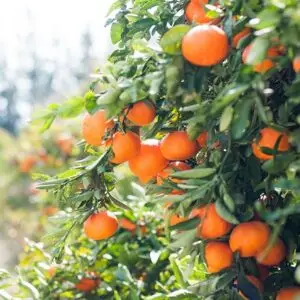
15. Navarra
Navarra can be found in the North of Spain bordering the Pyrenees and the Basque country and offers the visitor a diversity of landscapes. Mountains, valleys and forests, alongside a desert! Yes, Navarra even has a desert. The well known fiesta, the Running of the Bulls (San Fermin), also takes place in Navarra (Pamplona).

16. Pais Vasco (The Basque Country)
The Basques occupied the Basque country long before the roman invasion and have proudly maintained their language, culture and traditions. Another region of Spain that desires independence, it is proudly different from the rest of the country. Sitting on the French border with Spain, the Basque Country offers the visitor the opportunity to sample its amazing cuisine, visit the cities of Bilbao and Santander and be sure not to miss the world renowned Guggenheim museum.

17. La Comunidad Valenciana (Valencian Community)
The Valencian Community is already a popular destination with British tourists as it includes Alicante, Benidorm and the Costa Blanca. The city of Valencia is the third largest city in the country and is a mix of the modern and the traditional. Original home of the Paella, Valencia hosts the famous (and noisy!) Fallas fiestas each year, but also has its fair share of peace and solitude to be found on the Albufera river and surrounding countryside.

